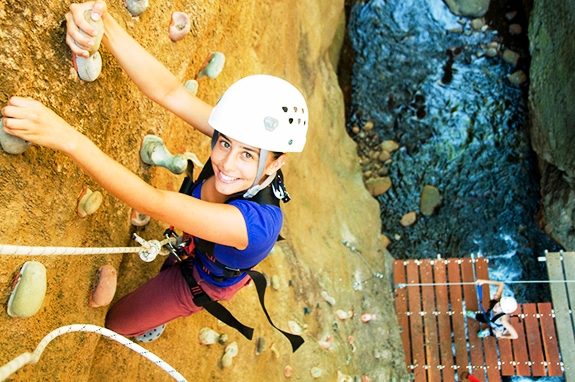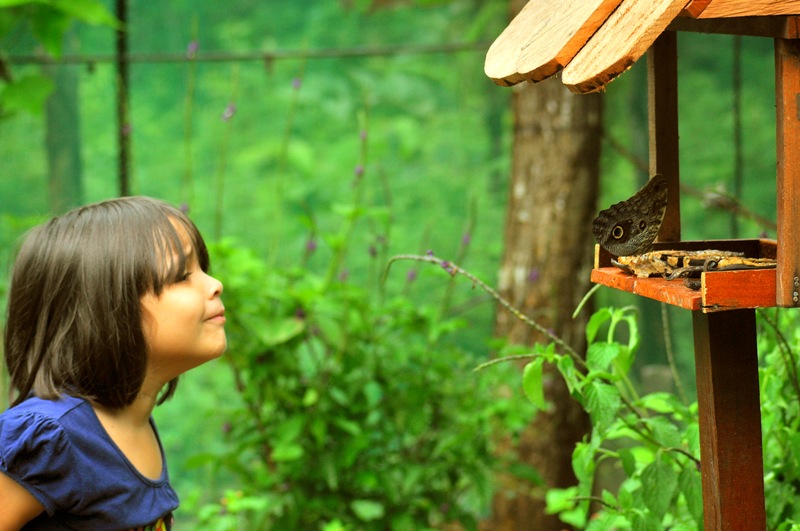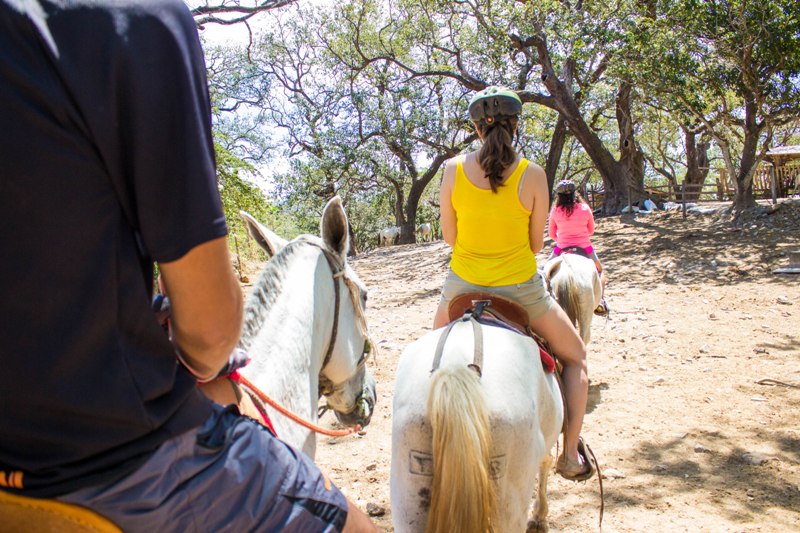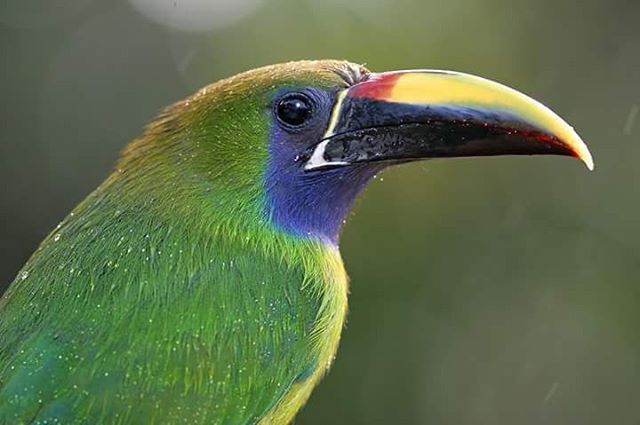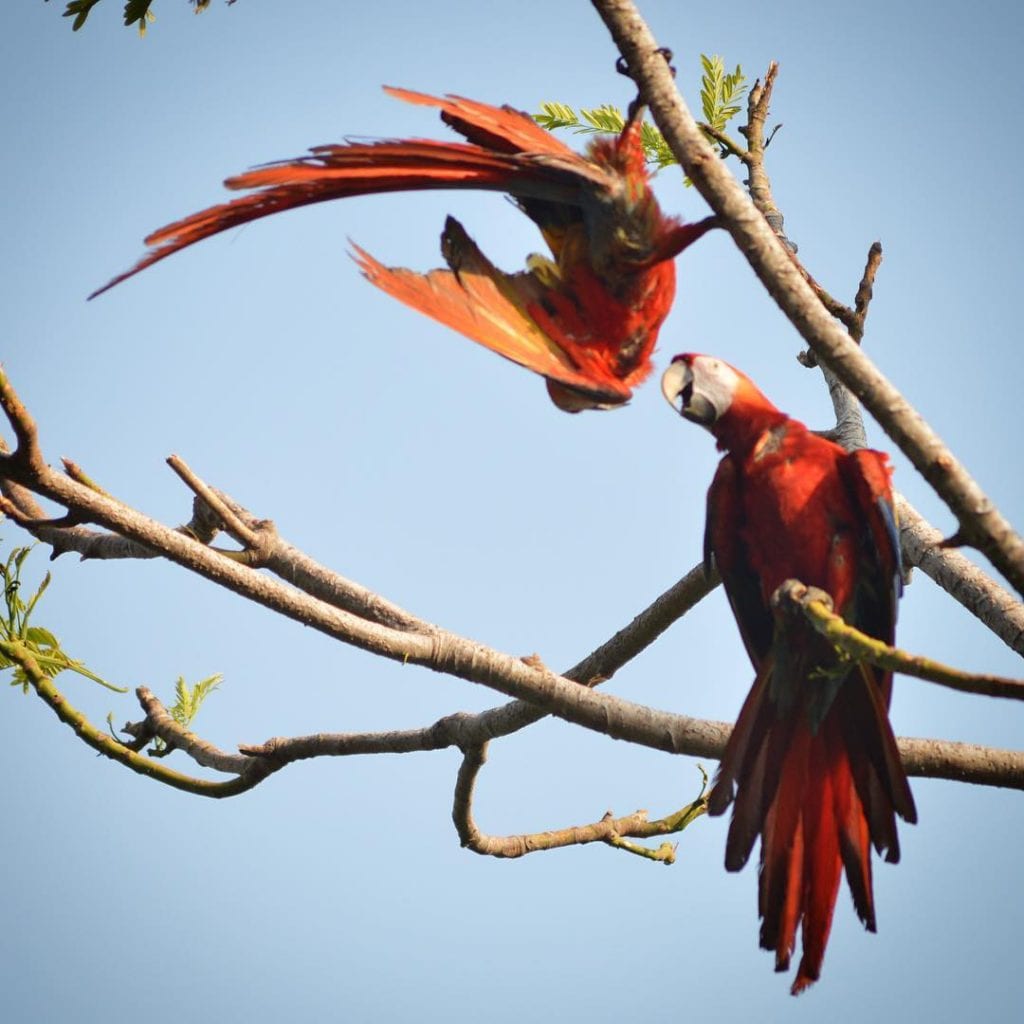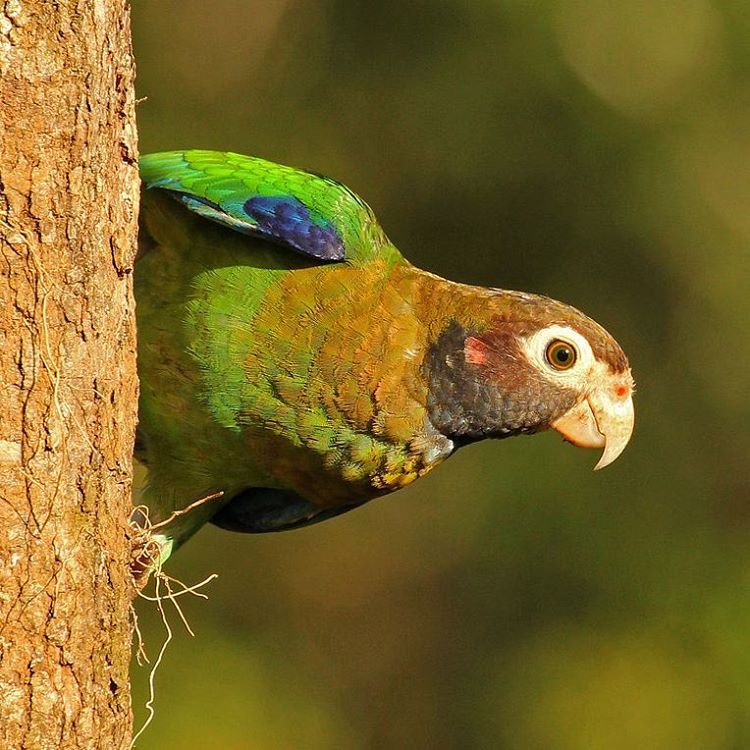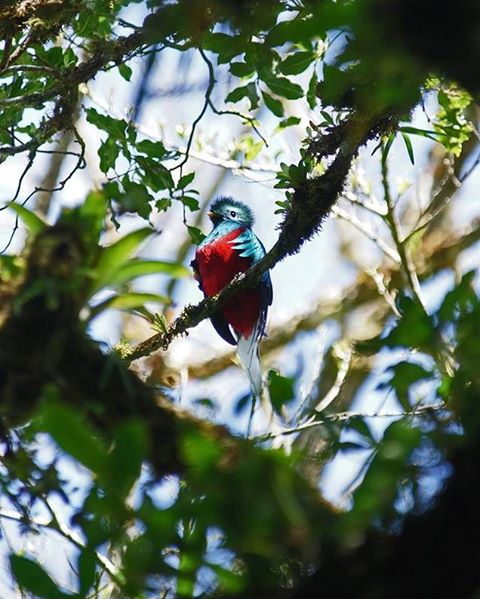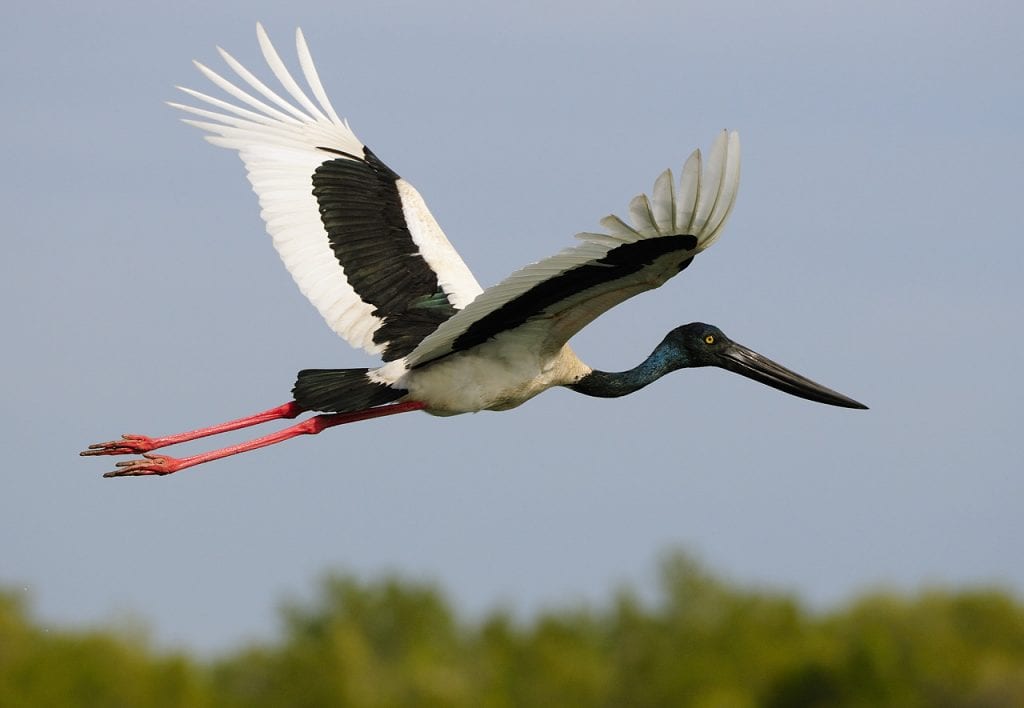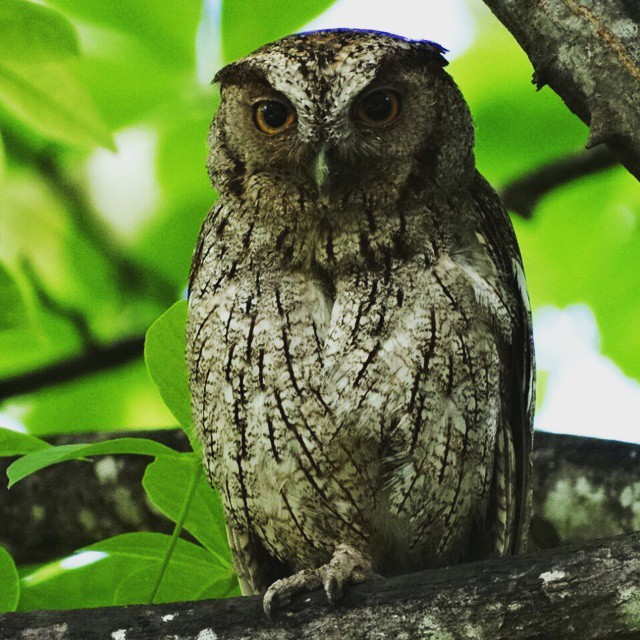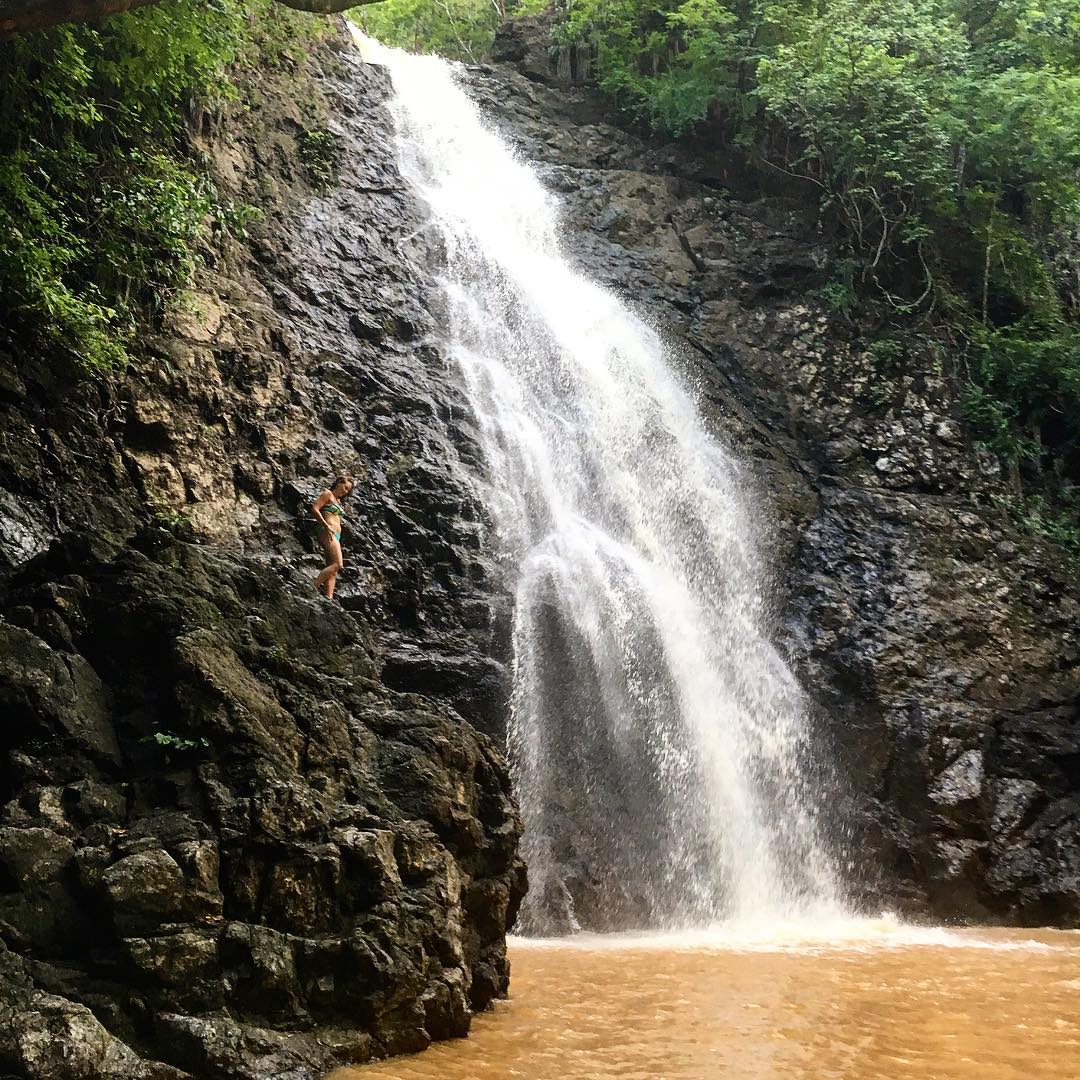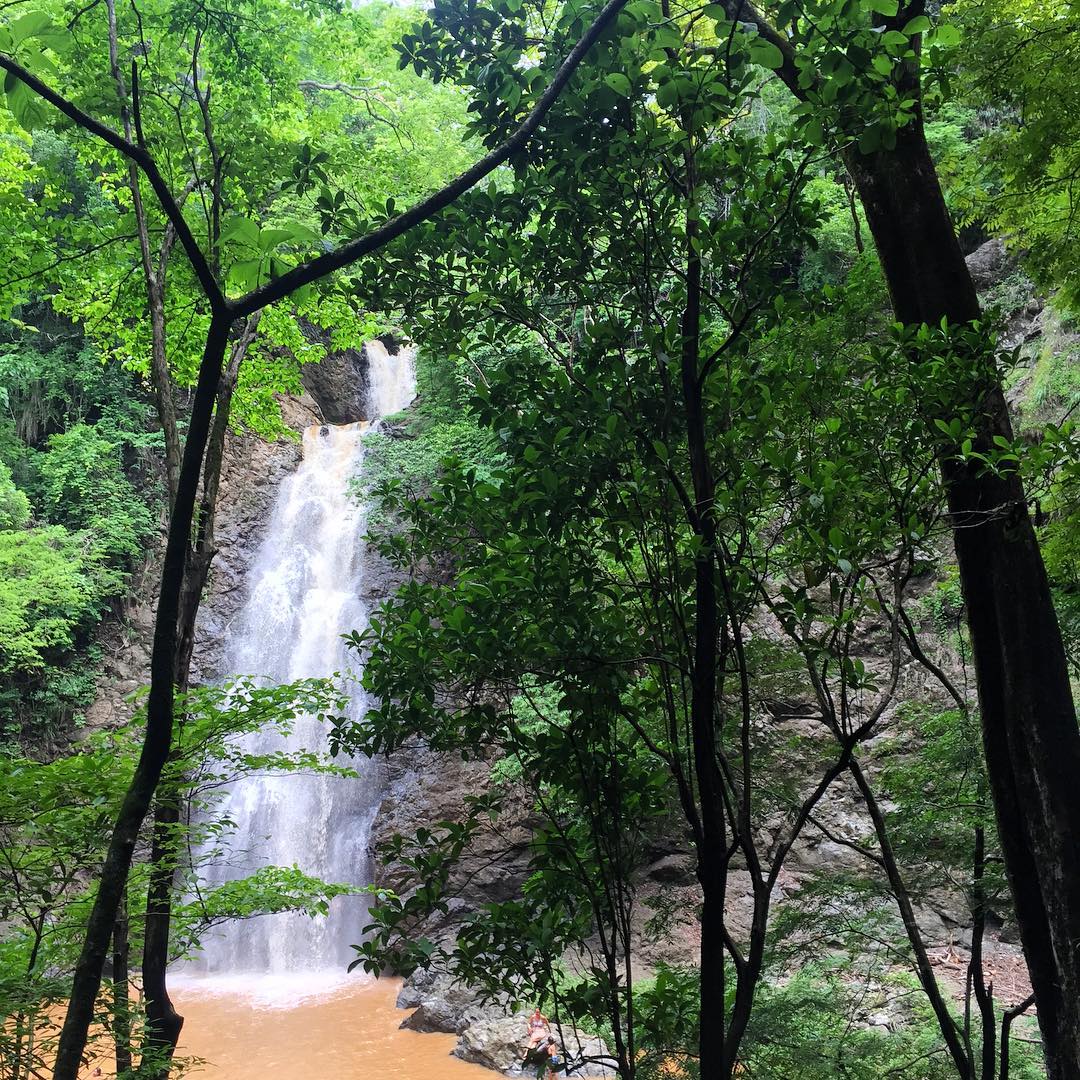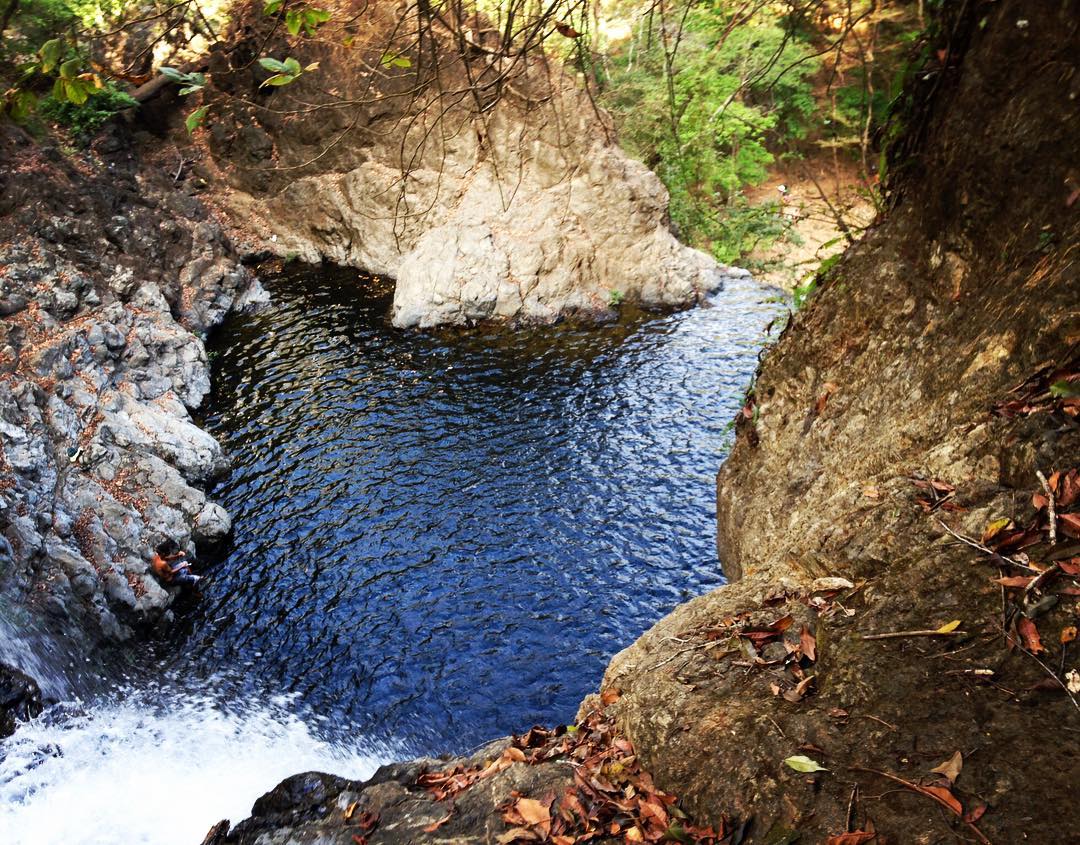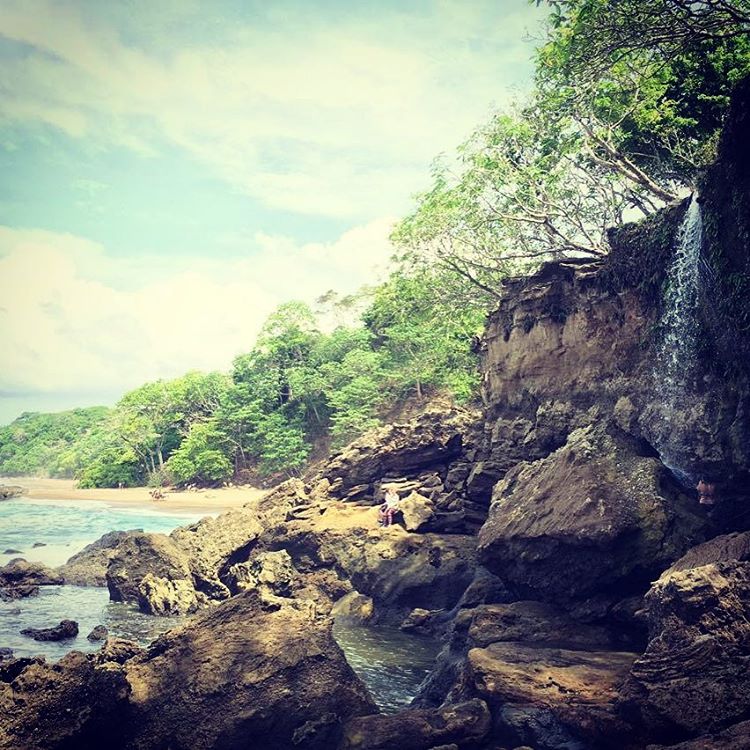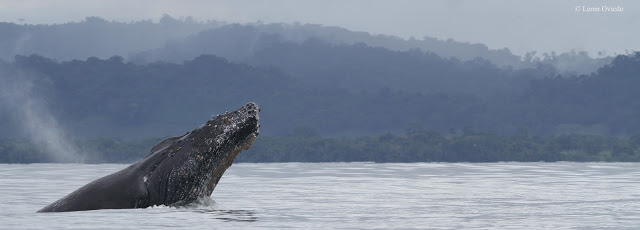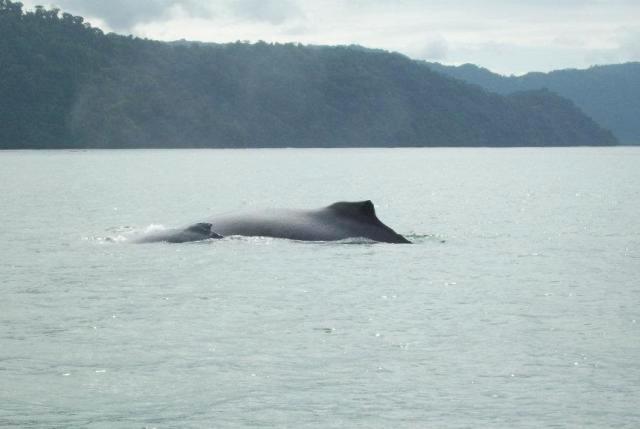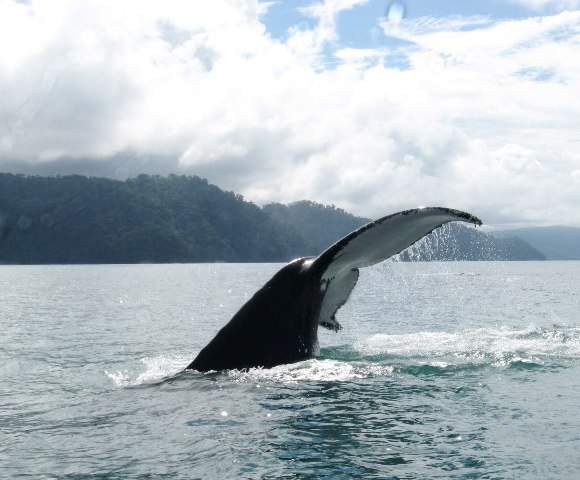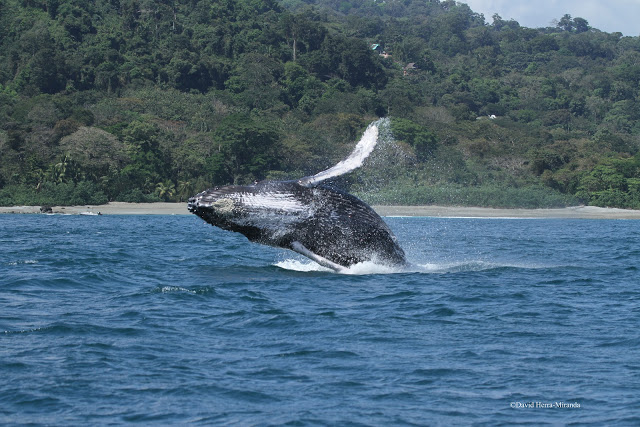When rainy season, also called “green season”, comes to Costa Rica, regular afternoon and evening rains transform the dry, brown landscape after the long, hot dry season into green lushness. From the end of May to November, Costa Rica once again looks like the tourist posters with emerald green rainforest and flowing rivers and waterfalls. In Atenas, Costa Rica, butterflies and birds are everywhere enjoying the bountiful blossoms, fruits and seeds that the rain brings. It is a time to enjoy the outdoors in the mornings, and a cup of rich Costa Rican coffee and indoor activities in the afternoons if cooling rains come. Whether you live in Atenas, or are visiting on vacation, or are looking at Atenas real estate to move to Costa Rica, there are plenty of fun things to do this time of year. Here are a few ideas. Fun things to do in Atenas, Costa Rica in rainy season
Las Minas waterfalls and pools Called “Las Minas del Desmonte” – or “The Mines of Desmonte” – on the Union River (Rio la Union), these beautiful waterfalls and natural swimming pools are a quick 20-minute drive from Atenas by the tiny village of Desmonte. There is actually an old gold mine in an upper area of the river. Once active between 1821 and 1843, the mine is now closed and the entrance gated. To get to these fabulous pools and waterfalls, take Highway 3, otherwise known as the “old road to the beach” or “Aguacate”, to Desmonte. Turn north at the restaurant Chicharronera El Minero; stay left at two other divergences and follow the river to the large bridge where there is parking. Walk up the branch of the river on the right to get to the big pools and waterfalls. I would not go here if it is raining, due to flash flood danger. And, as always in Costa Rica, don’t leave anything valuable in your vehicle. El Toledo Coffee Tour One of the best coffee tours in Costa Rica, right in Atenas on this family owned and operated organic coffee farm. Tours cost $20 per person; children under 9 go for free. Be sure to arrange to have lunch with the family after your tour!
El Toledo coffee tour Atenas Costa Rica[/caption] Finca Huetares This little hotel and recreation area in Atenas is a great place for family time. You can go for the day and enjoy their tennis courts, miniature golf course, hiking trails, horseback riding, and the enormous swimming pool with a fun water slide. Day rates vary based on activities
Finca Huetares in Atenas Costa Rica Prados Cross-fit training camp Get fit and healthy with the latest craze of cross-fit training at Prados, right in the center of Atenas. Group classes and personal training sessions available. Farmer’s Market The Atenas Farmers’ Market is so famous, it has been written about in most travel guides to Costa Rica. Called a “feria” in Spanish, the farmer’s market is held every Friday from 5:30 a.m. through the late afternoon. Here you can buy fresh fruits, vegetables, flowers, plants, herbs, baked goods, dairy products and meats, organic El Toledo coffee, and Costa Rican souvenirs. You can even get a freshly cooked gallo pinto breakfast or a casado for lunch
Atenas farmer's market[/caption] Community libraries Atenas is lucky enough to have two community libraries, besides the city library, with big selections of used books for adults and children in English, Spanish, German and French. The libraries lend books on an honor basis, and welcome book donations. Additionally, since both are located at local restaurants, you can enjoy a bite to eat while you peruse the reading selections!
Article by Shannon Farley
